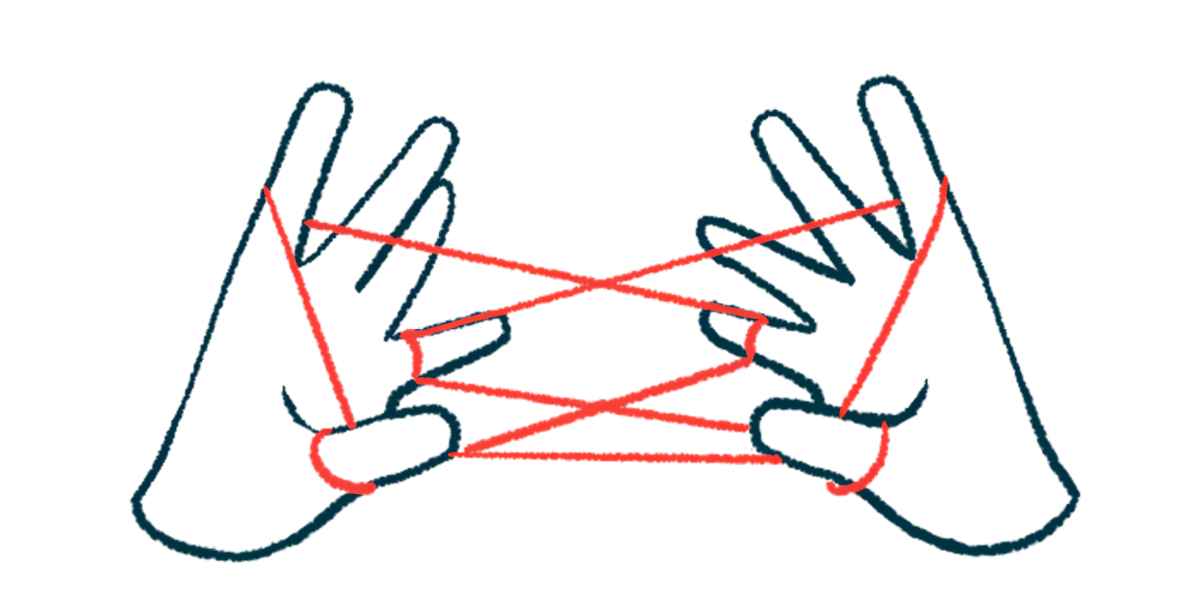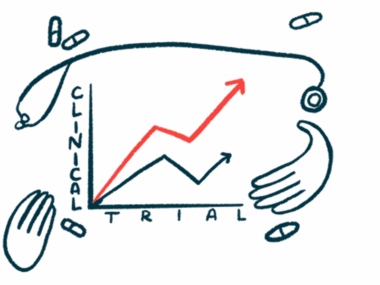AI pen analyzes handwriting to spot Parkinson’s with 96% accuracy
Device tested participants by having them write wavy lines, swirls, and letters
Written by |

A low-cost, self-powered pen with magnetic ink may help detect early signs of Parkinson’s disease by analyzing handwriting.
When the pen was tested, it was able to distinguish Parkinson’s patients from healthy people with an average accuracy of 96%, a study reports.
“Detection of subtle motor symptoms unnoticeable to the naked eye is critical for early intervention in Parkinson’s disease,” Jun Chen, PhD, an associate professor of bioengineering at the University of California, Los Angeles’ Samueli School of Engineering and the study’s lead, said in a press release. “Our diagnostic pen presents an affordable, reliable and accessible tool that is sensitive enough to pick up subtle movements and can be used across large populations and in resource-limited areas.”
The pen’s development and testing were described in the study, “Neural network-assisted personalized handwriting analysis for Parkinson’s disease diagnostics,” published in Nature Chemical Engineering.
Hallmark motor symptoms of Parkinson’s, such as slowed movements, rigidity, and tremor arise from the degeneration of nerve cells in the brain that produce the signaling molecule dopamine. By the time motor problems become severe enough to garner a diagnosis, more than half of the dopamine-producing nerve cells may already be lost.
Tests can detect changes in biomarkers of Parkinson’s before the onset of motor symptoms, but they typically require specialists and sophisticated equipment, which are often available solely at major medical centers.
“A quantitative, low-cost and accessible method for [Parkinson’s] diagnosis in large populations remains an unmet clinical need,” wrote the researchers.
Analyzing handwriting signals
The pen features a silicon magnetoelastic tip, meaning its magnetic properties change in response to the pressure applied during handwriting. These changes then influence the behavior of a ferrofluid ink — a special liquid containing tiny magnetic particles — within the pen’s barrel.
When the tip is pressed against a surface or moved through the air, writing motions are converted into measurable signals via a coil of yarn wrapped around the pen’s barrel that can conduct electricity. Changes in the magnetic properties of the tip and the flow of the ferrofluid ink power the pen to generate data.
To test its ability to analyze handwriting for diagnostic purposes, the researchers recruited three people with Parkinson’s and 13 healthy people for a pilot study who completed a series of tasks on a surface and in the air, including illustrating continuous wavy lines and spirals, and writing six capital letters.
The handwriting signals were then analyzed by a neural network, a type of artificial intelligence that enables computers to process data like the human brain. Here, the neural network was trained to detect motor patterns associated with Parkinson’s.
According to the analysis, the model could distinguish people with Parkinson’s from healthy people with an average accuracy of 96%, “indicating its ability to extract local patterns from handwriting signals,” the researchers wrote. For healthy participants, the precision, or the closeness of the measurements, was 97%, and the recall, that is, the ability to identify all actual positives, was 98%. The precision was 94% and the recall was 92% for Parkinson’s patients.
The cost of each diagnostic pen was calculated to be about $4, which was lower than that of commercial electronic pens for tablets ($129) and digital pens for writing pads ($22).
“The pen shows potential as a low-cost, accessible tool for [Parkinson’s] diagnosis, with potential scalability for broader population use and the prospect of addressing critical gaps in clinical care,” the researchers wrote. “Future work could involve patients with [Parkinson’s] with known and varying disease stages to further investigate the diagnostic pen’s potential for stage evaluation and for tracking disease progression over time.”






